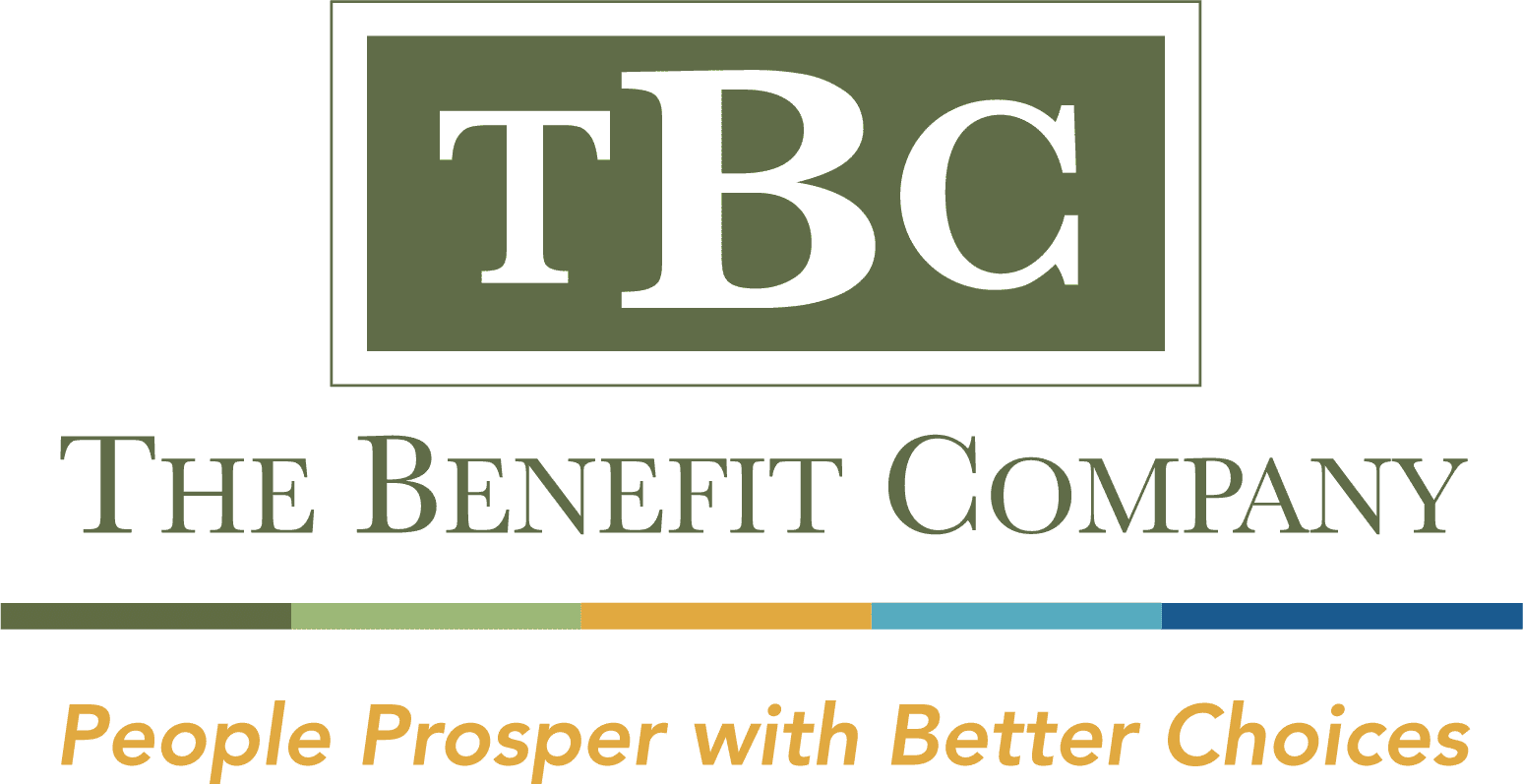As the annual calendar turned, and I reflected on major trends from 2022 to instruct ideas for 2023, the topic of mental health came to mind. Yawn? Such is a topic already very much in the news. I googled “Mental Health Articles in 2022” and over 1 billion results arrived in 1/3 of a second. Yet, mental health came to mind, because there seems to remain a disconnect in tackling the issue.
I am no mental health expert, yet I provide the following insights for your consideration:
- Virtually every HR professional with whom I speak has mental health at the top of their radar, and such is not because it’s a fleeting HR trend. HR folks are on the front line of this ballooning issue with their own employees, and many are worried. We need to listen to these folks.
- While macro data shows increased trends in opioid abuse, suicide rates, and certain other areas of medical coding; my sense is these data points only scratch the surface. Front-line managers and healthcare professionals suggest there is a hidden iceberg of anxiety and depression to address, and it’s getting worse – not better.
- As it did with many things, the pandemic accelerated the disconnect between workers and thus mental health issues. Perhaps there’s a reason Gallup’s engagement survey asks employees if they have a “best friend at work.”
- Mental health is highly personal, and personal experience with the mental health of those you care about is often needed to fully “get it.” Unfortunately, the opposite is true, thus a chasm exists between those wanting to make a difference and those less eager to do so.
- Employee Assistance Programs (EAPs) are a must-have tool; however, they are mostly reactive and won’t fully solve the problem. Most small/mid-sized employers have “free” solutions embedded in their benefits programs, and we all know what accompanies free.
What’s the “so what” from the five points above?
If I were granted one wish on this topic, it would be for key centers of influence (Employer C-suites, Academic leaders, and even parents) to look past provable ROI and invest in mental health programming and resources to help serve and educate those under their influence.
- Self-funding
- Employee Benefits Captives
- Data Analytics
- Population Health Management
- Absence Management
- Ancillary Benefit Procurement
- Employee Engagement
 The Benefit Company
The Benefit Company
